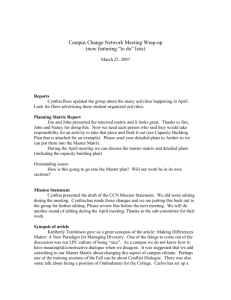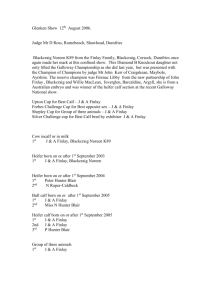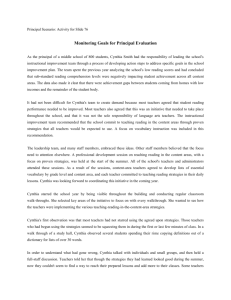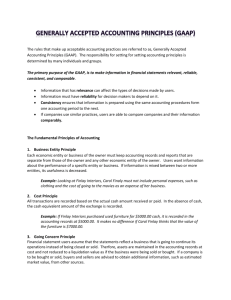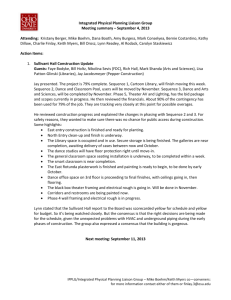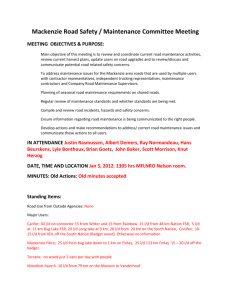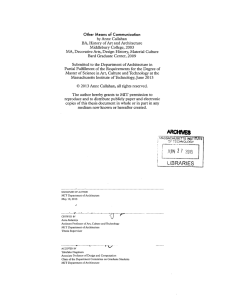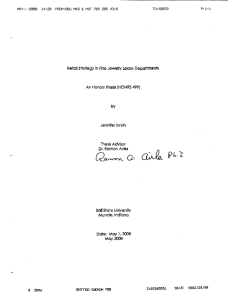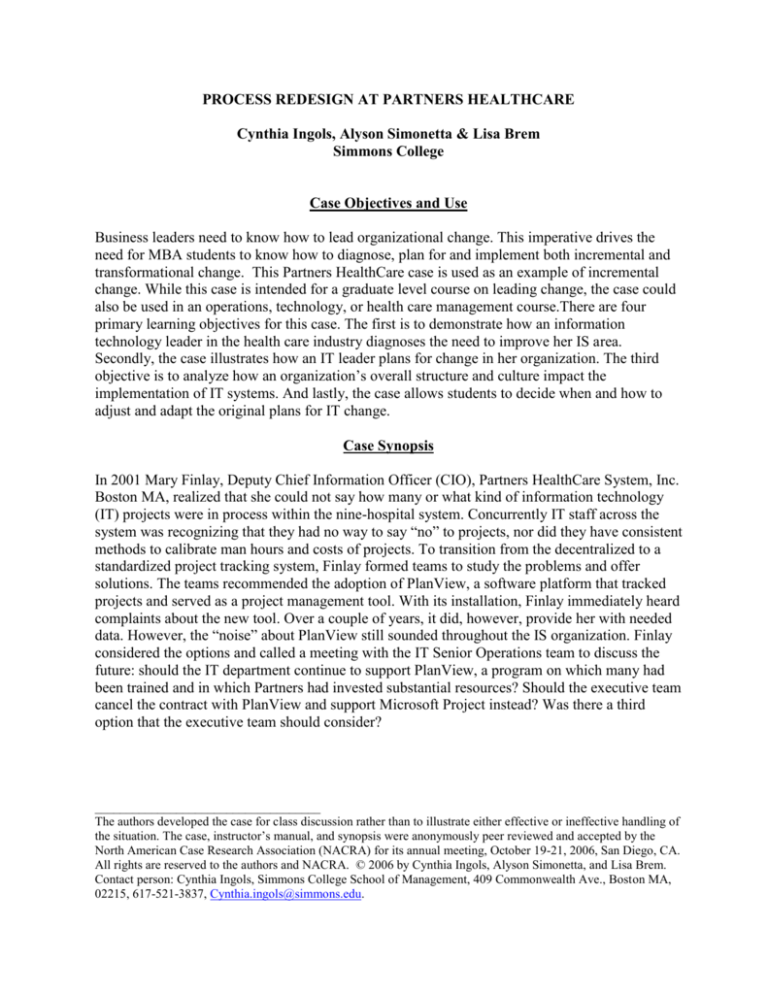
PROCESS REDESIGN AT PARTNERS HEALTHCARE
Cynthia Ingols, Alyson Simonetta & Lisa Brem
Simmons College
Case Objectives and Use
Business leaders need to know how to lead organizational change. This imperative drives the
need for MBA students to know how to diagnose, plan for and implement both incremental and
transformational change. This Partners HealthCare case is used as an example of incremental
change. While this case is intended for a graduate level course on leading change, the case could
also be used in an operations, technology, or health care management course.There are four
primary learning objectives for this case. The first is to demonstrate how an information
technology leader in the health care industry diagnoses the need to improve her IS area.
Secondly, the case illustrates how an IT leader plans for change in her organization. The third
objective is to analyze how an organization’s overall structure and culture impact the
implementation of IT systems. And lastly, the case allows students to decide when and how to
adjust and adapt the original plans for IT change.
Case Synopsis
In 2001 Mary Finlay, Deputy Chief Information Officer (CIO), Partners HealthCare System, Inc.
Boston MA, realized that she could not say how many or what kind of information technology
(IT) projects were in process within the nine-hospital system. Concurrently IT staff across the
system was recognizing that they had no way to say “no” to projects, nor did they have consistent
methods to calibrate man hours and costs of projects. To transition from the decentralized to a
standardized project tracking system, Finlay formed teams to study the problems and offer
solutions. The teams recommended the adoption of PlanView, a software platform that tracked
projects and served as a project management tool. With its installation, Finlay immediately heard
complaints about the new tool. Over a couple of years, it did, however, provide her with needed
data. However, the “noise” about PlanView still sounded throughout the IS organization. Finlay
considered the options and called a meeting with the IT Senior Operations team to discuss the
future: should the IT department continue to support PlanView, a program on which many had
been trained and in which Partners had invested substantial resources? Should the executive team
cancel the contract with PlanView and support Microsoft Project instead? Was there a third
option that the executive team should consider?
____________________________________
The authors developed the case for class discussion rather than to illustrate either effective or ineffective handling of
the situation. The case, instructor’s manual, and synopsis were anonymously peer reviewed and accepted by the
North American Case Research Association (NACRA) for its annual meeting, October 19-21, 2006, San Diego, CA.
All rights are reserved to the authors and NACRA. © 2006 by Cynthia Ingols, Alyson Simonetta, and Lisa Brem.
Contact person: Cynthia Ingols, Simmons College School of Management, 409 Commonwealth Ave., Boston MA,
02215, 617-521-3837, Cynthia.ingols@simmons.edu.


